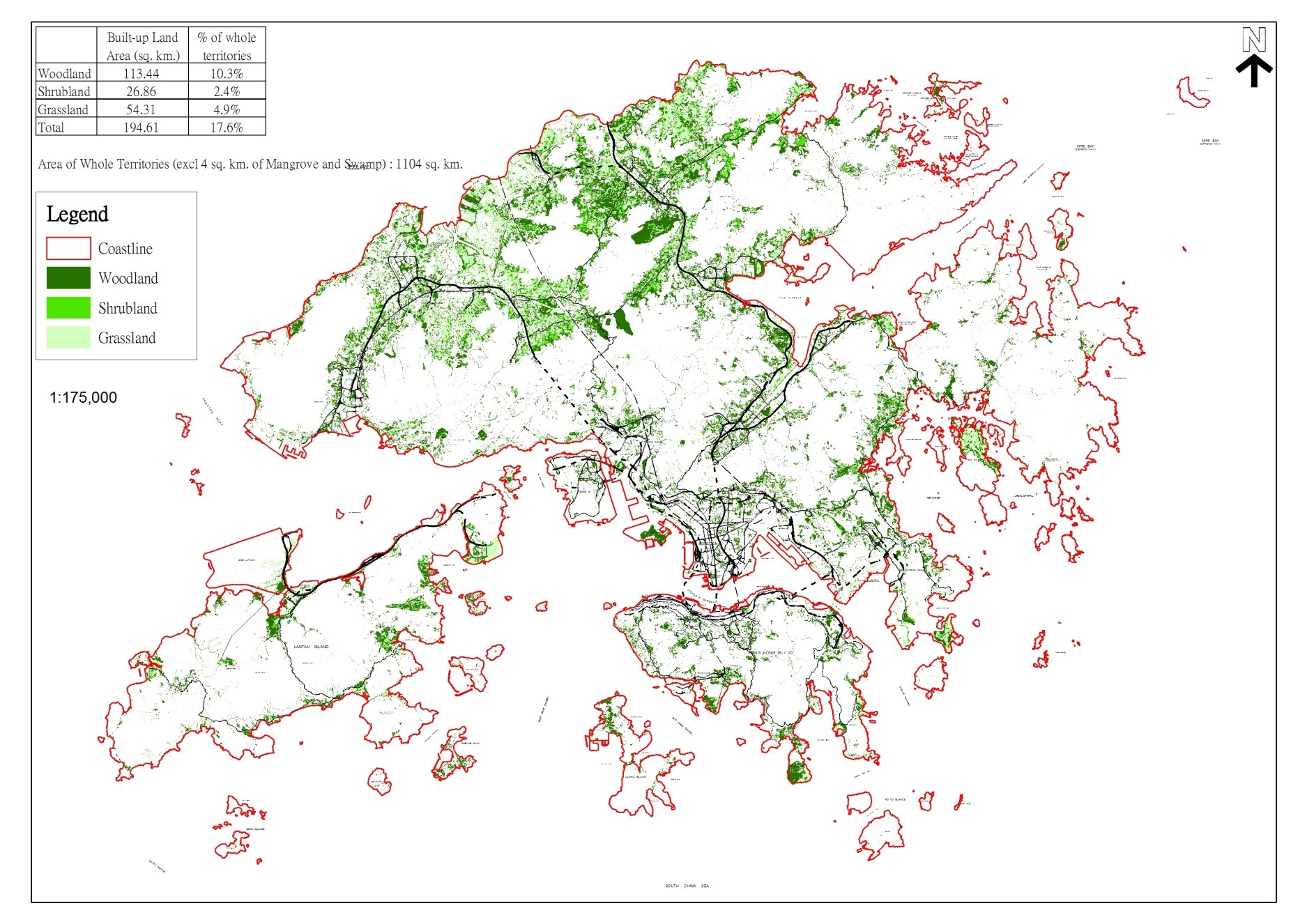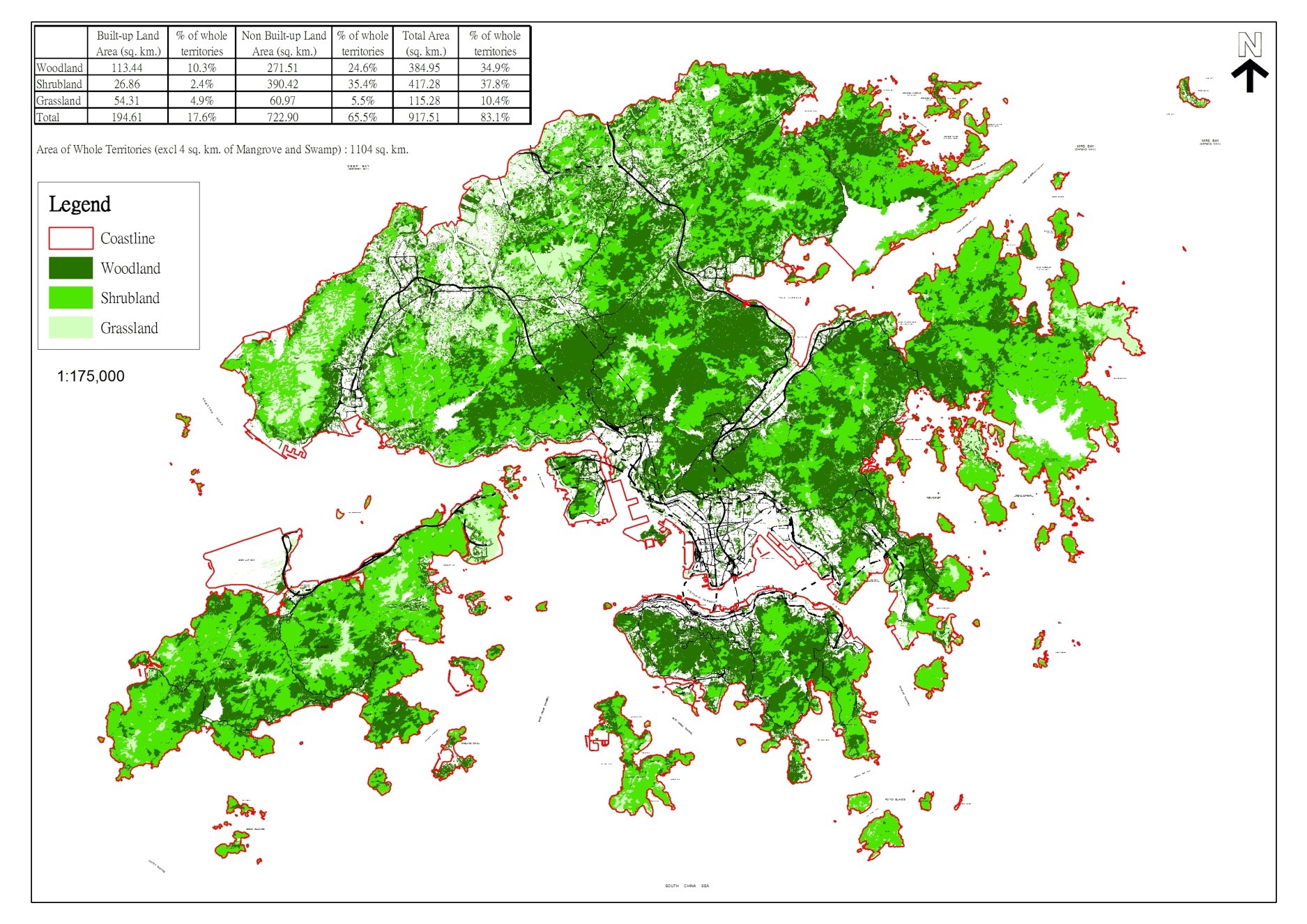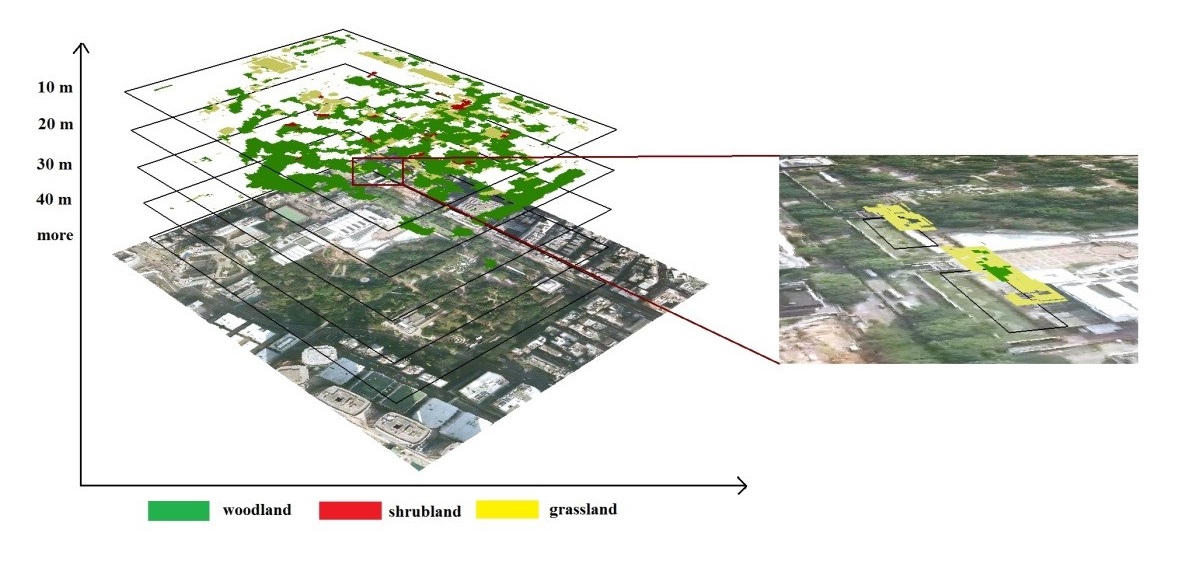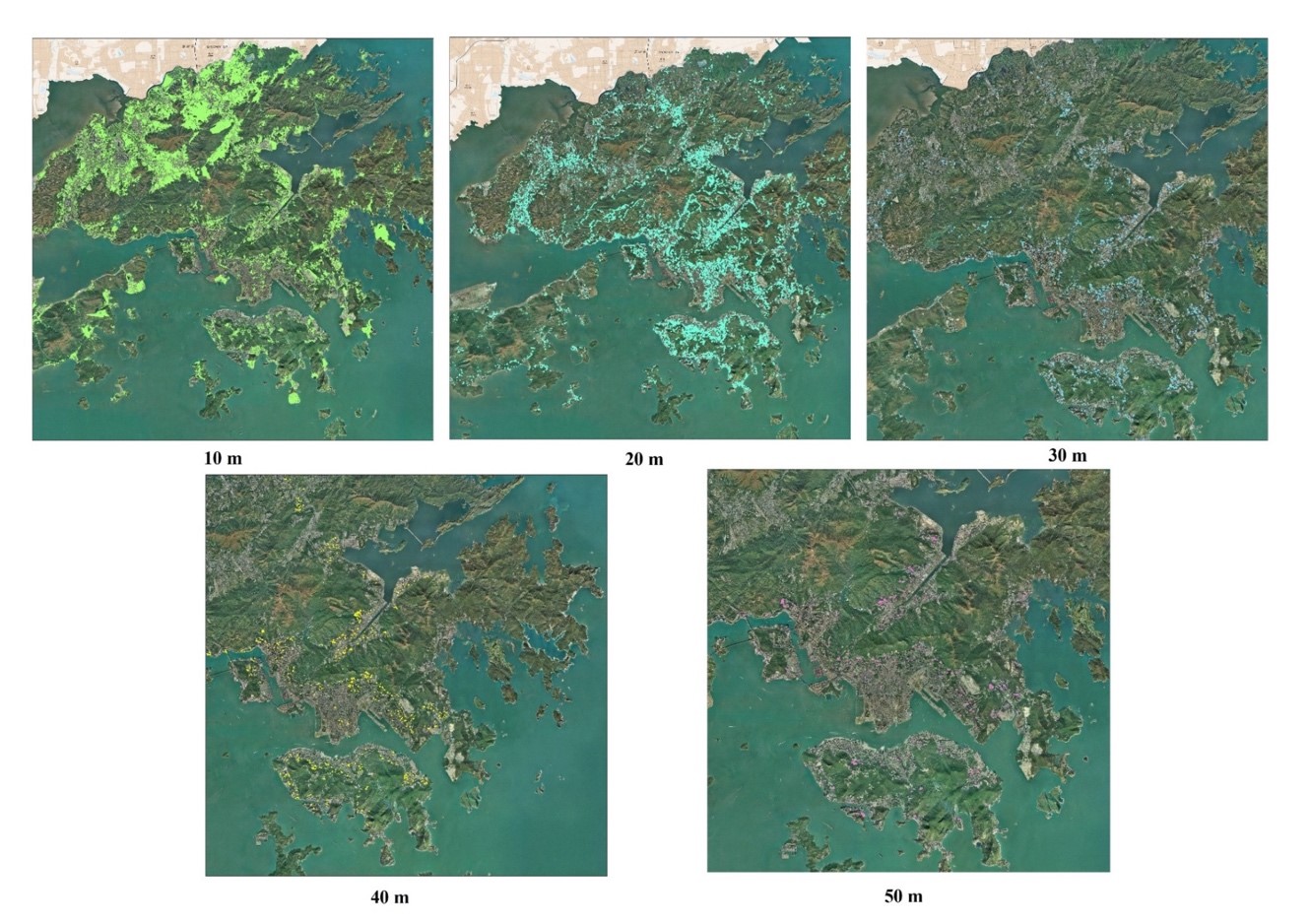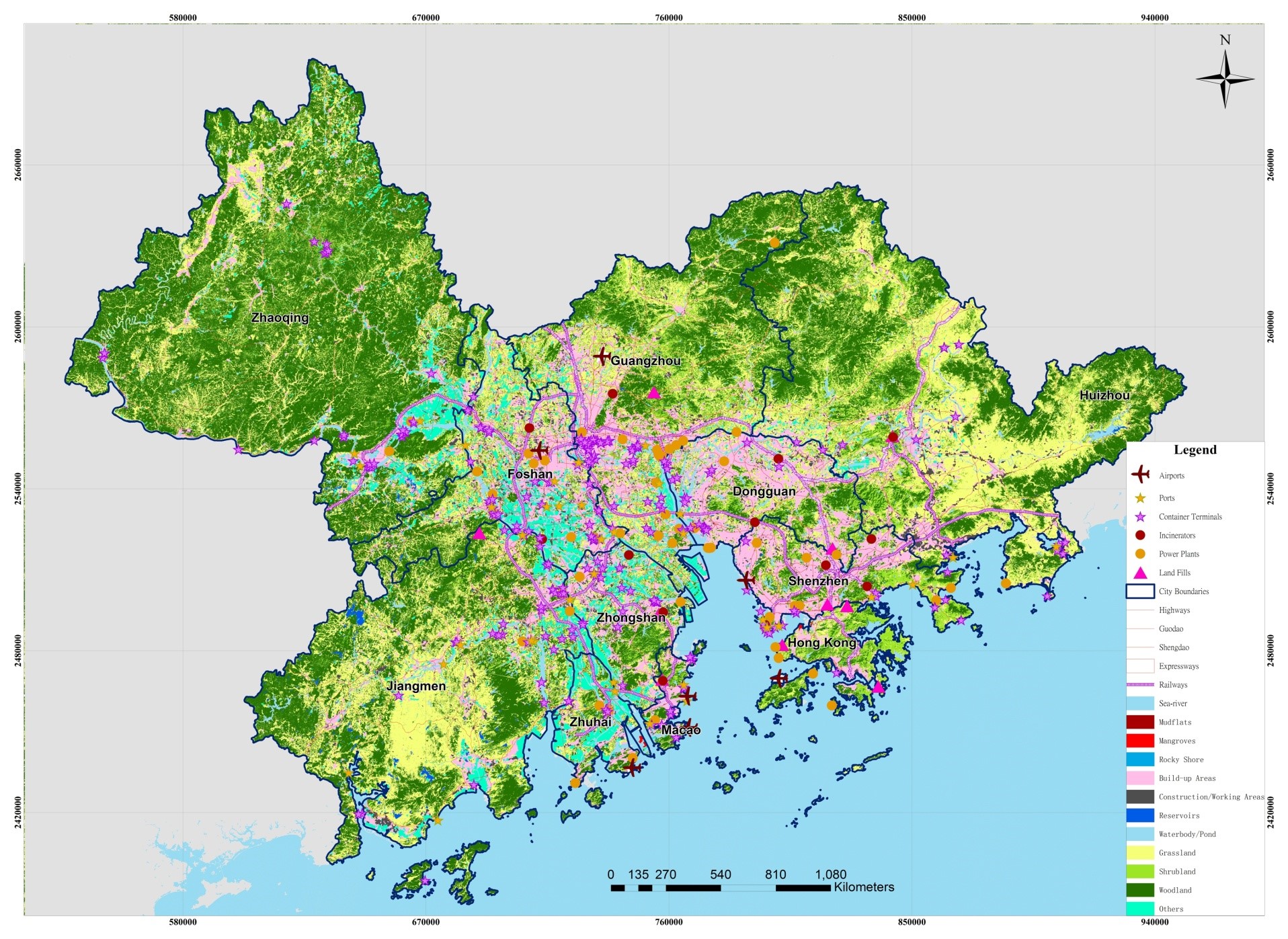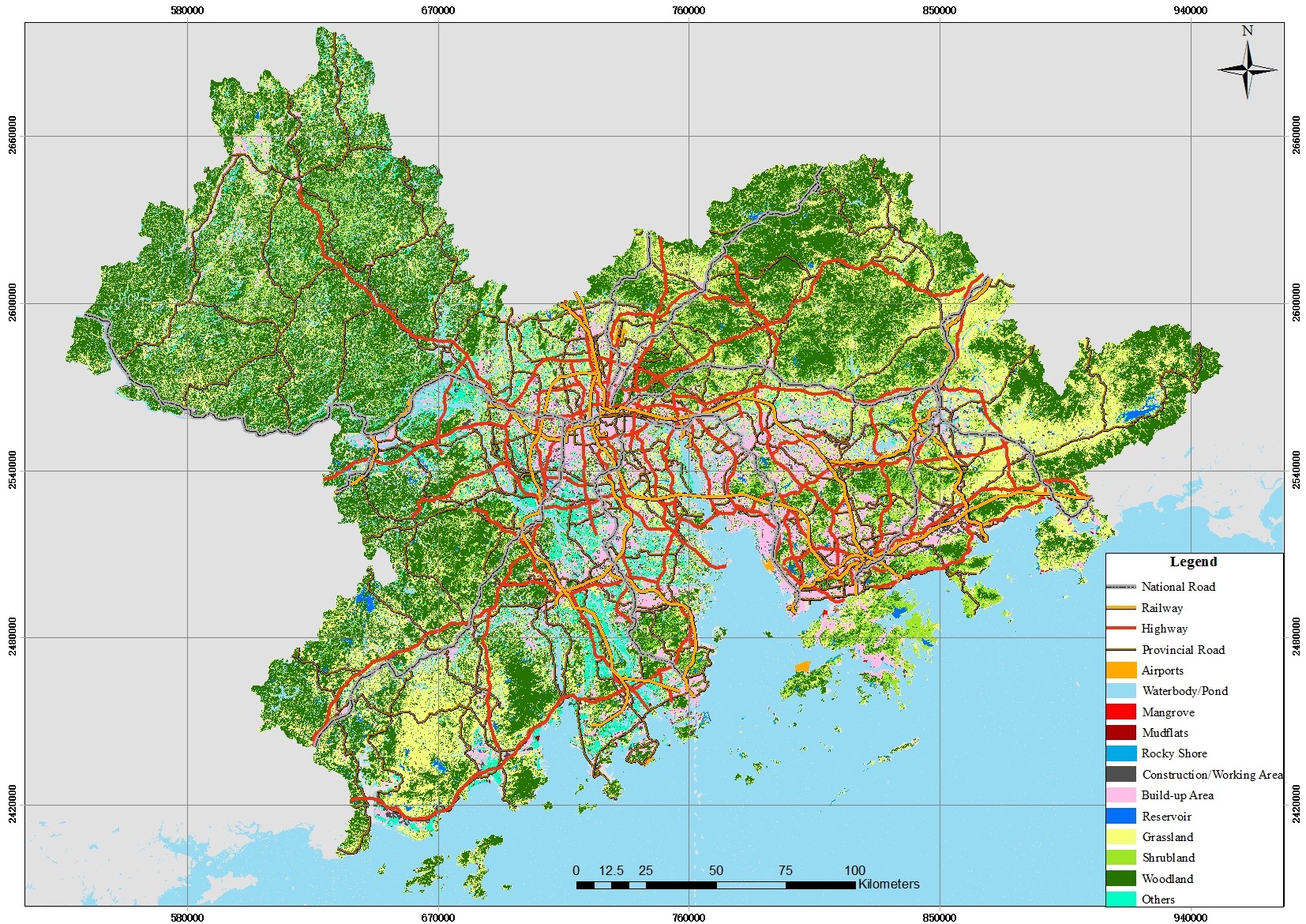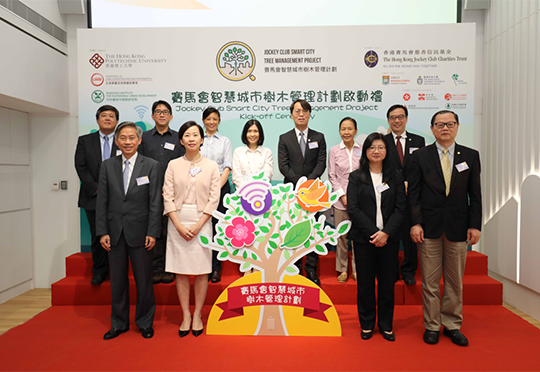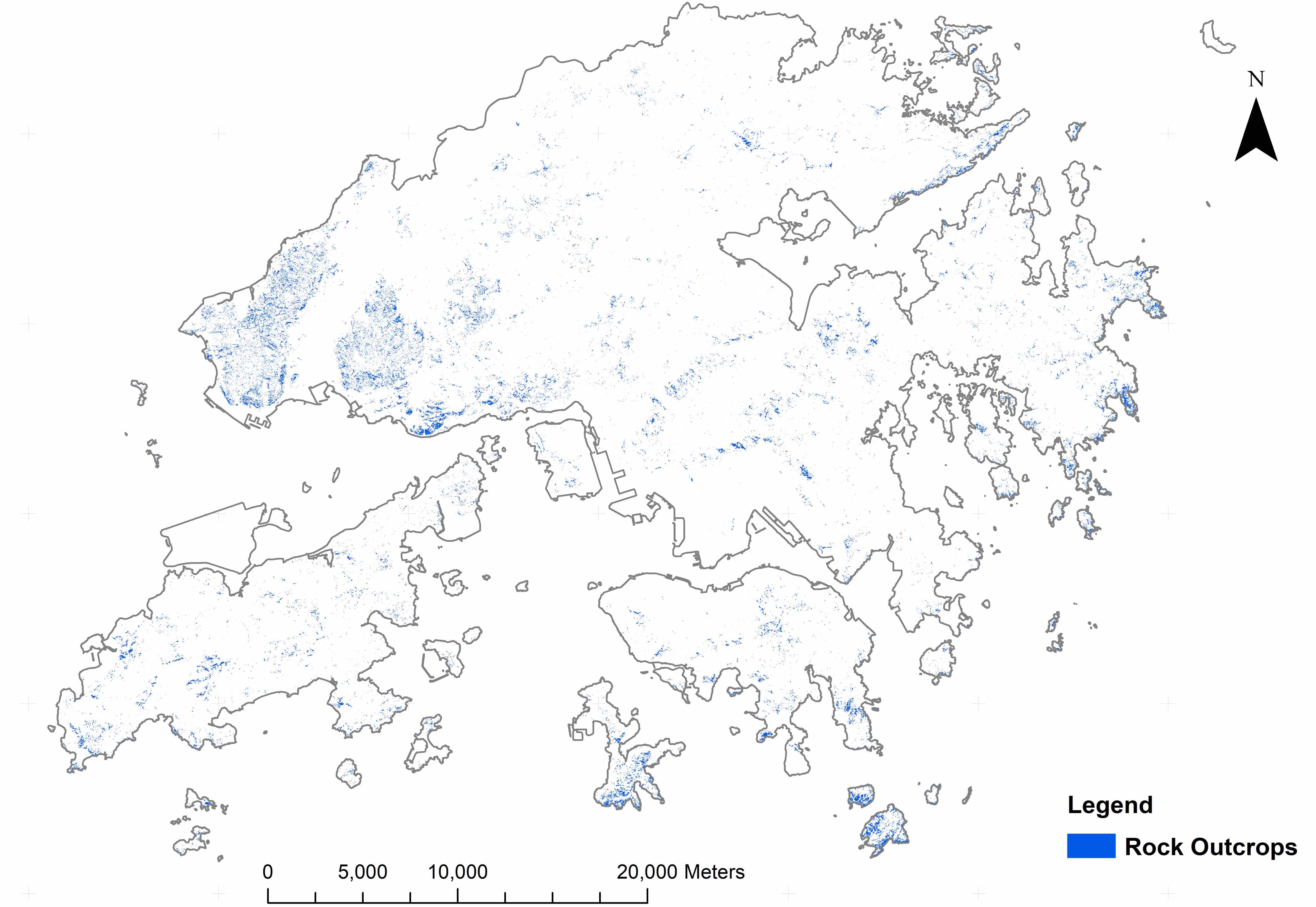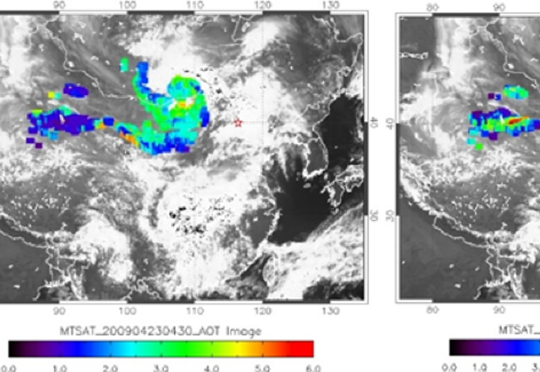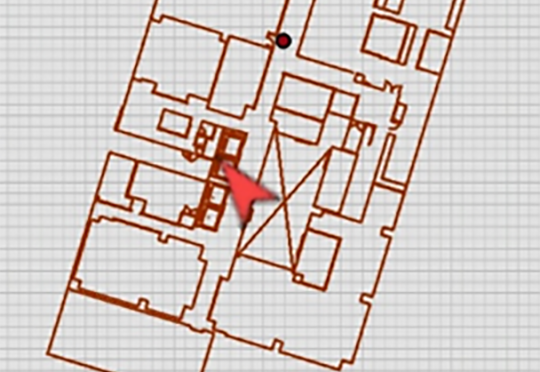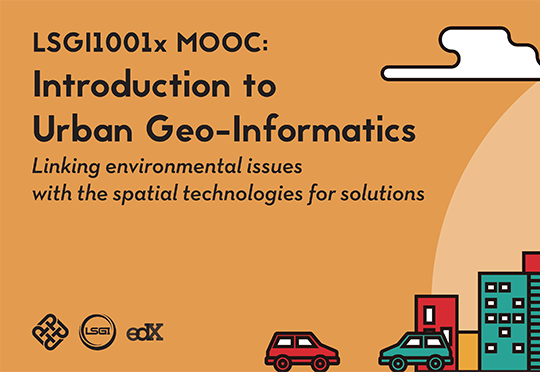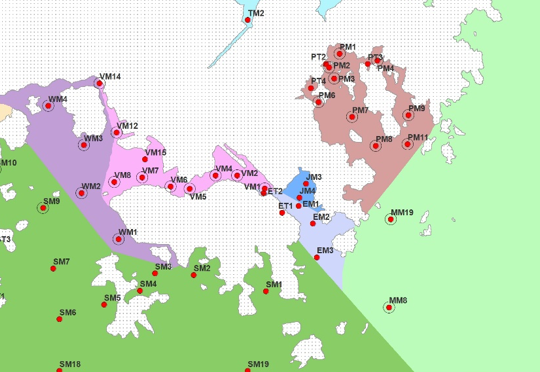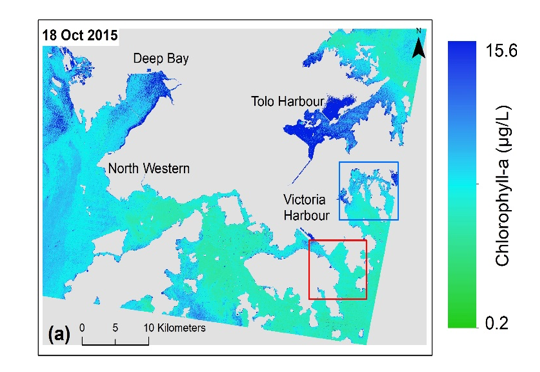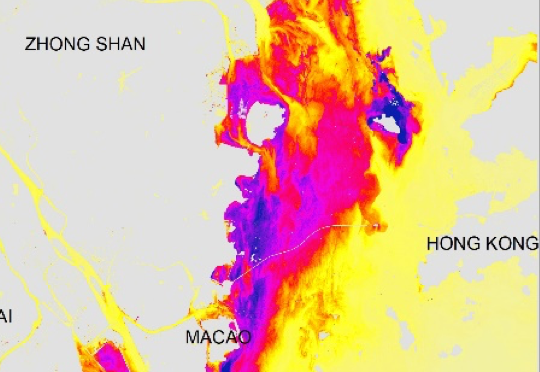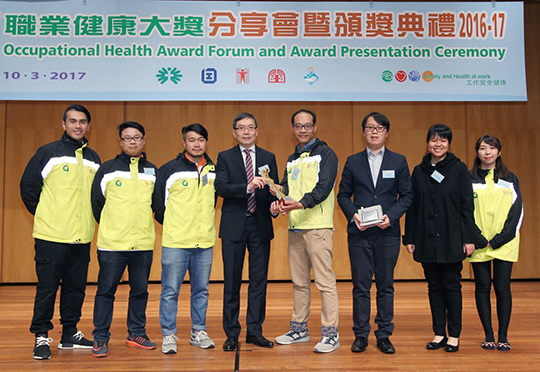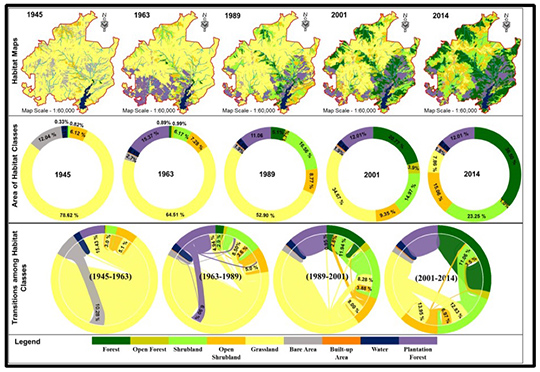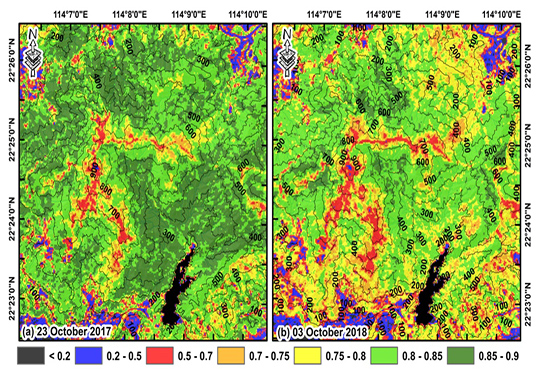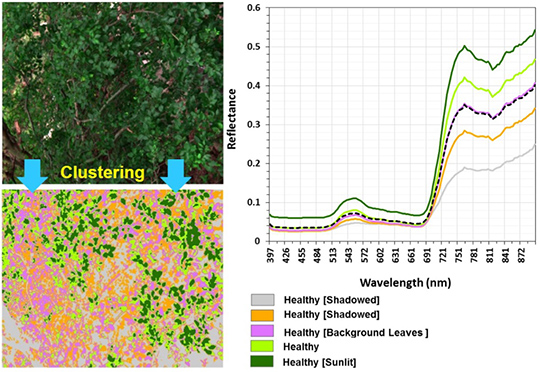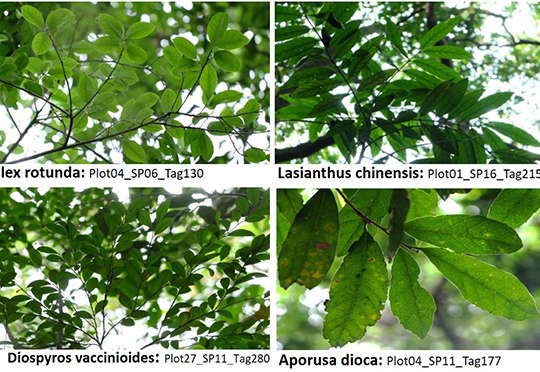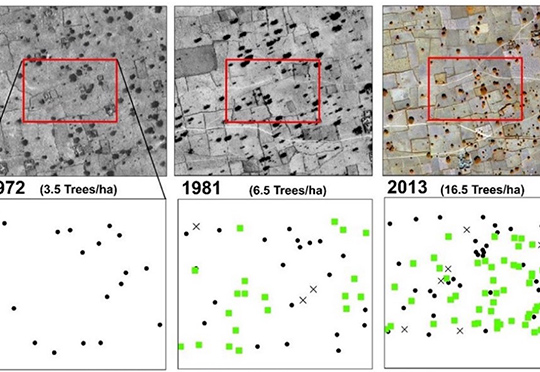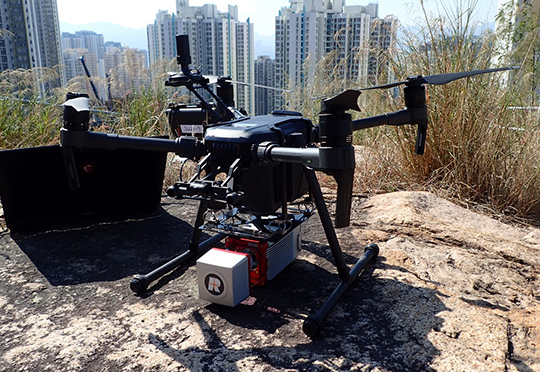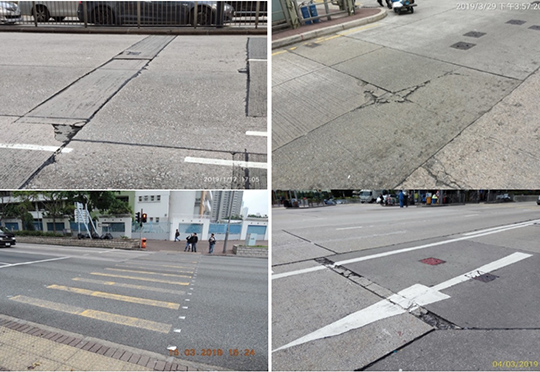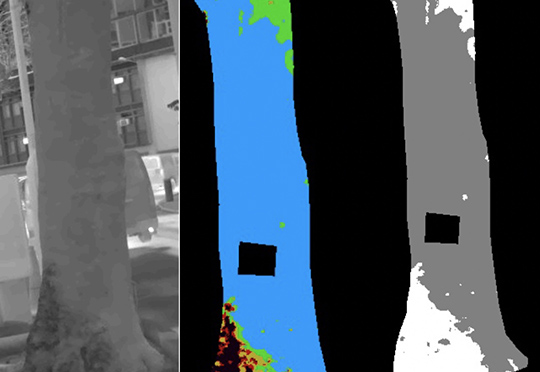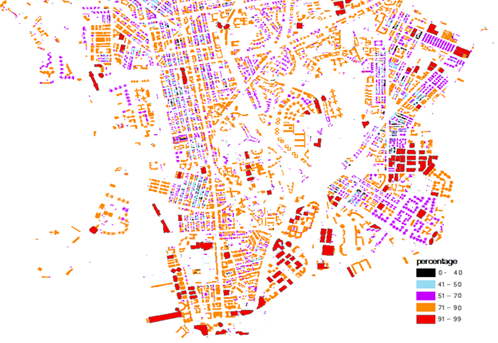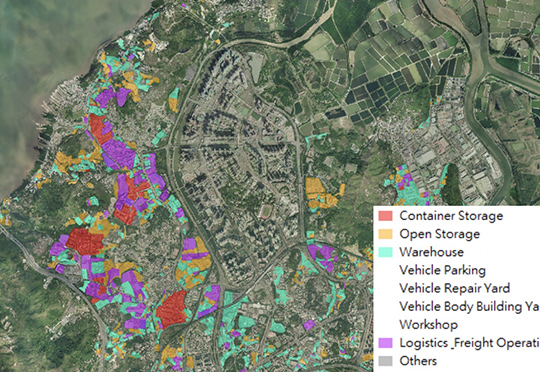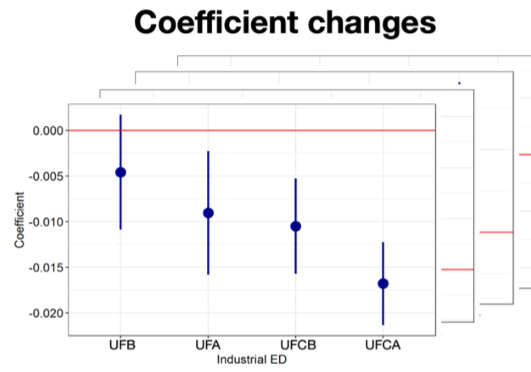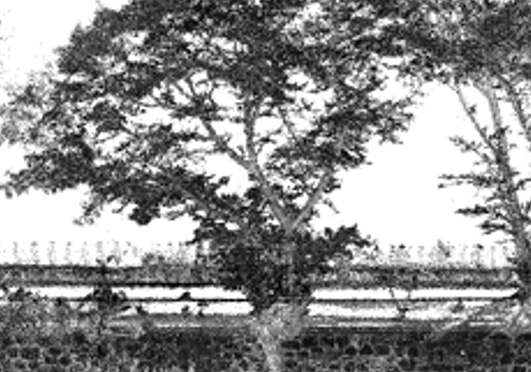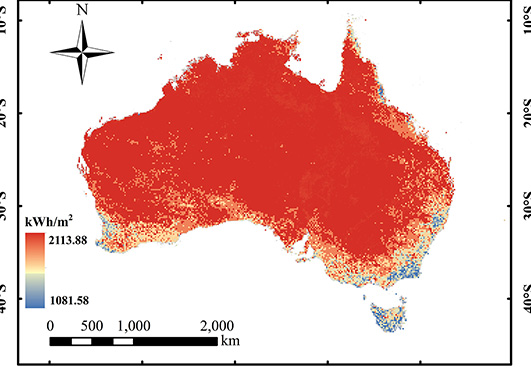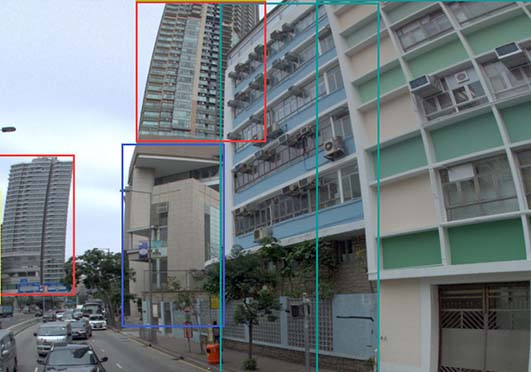-
Project Details
With increasing economic and social integration between Hong Kong and other cities in the Pearl River Delta (PRD), there is a growing need to take into account regional dimensions in our land use planning, such as urban development, infrastructure provision and nature protection. It is crucial to keep abreast of the land use development within the PRD.
The Land Utilization Map of Hong Kong (LUM HK) is prepared annually by the Planning Department (PlanD). The broad land use pattern of the PRD region was recorded in the PRD Land Utilization Map (PRD LUM) prepared back in 2003.
As a major city in the PRD region, both LUM HK and PRD LUM are needed to support regional as well as local planning. The rapid urbanization of many PRD cities in the past decade has fundamentally reshaped land use and landscape of the region, it is therefore necessary to provide a broad overview as well as visualization platform upon reviewing the methodology and land use classification in updating the PRD LUM and LUM HK. It is expected to establish a robust and efficient mechanism to support systematic retrieval and maintenance of various information.
The primary objective of the Study is to provide the latest available satellite images and broad land use data of the PRD areas to facilitate better understanding of the current land use and development pattern of PRD and assist the Review of the Territorial Planning Strategy under the HK2030 Study and regional planning in general, as well as to provide LUM HK by using the developed Hybrid MOOSC method in the rural and urban areas of Hong Kong.
-
Acknowledgement
This consultancy project (“Provision of satellite image, digital land use and classification data covering the Pearl River Delta (PRD) area”, project id: PLNQ 5/2014) is funded by the Planning Department of Hong Kong.
Land Use and Land Cover Mapping of Pearl River Delta region and Hong Kong
Hong Kong’s primeval vegetation was a diverse seasonal rain forest with at least 150-180 woody species per hectare as found in nearby protected areas in South China (Jingyun et al. 2004; Cao et al. 2013). Only tidal areas, swamps, river estuaries and areas with thin soil unsuitable for tree growth, would have naturally supported grasslands and shrubby vegetation (Dudgeon and Corlett 2011). Due to human activities over hundreds of years, most of the forests were either completely lost or strongly altered. On barren land, erosion of centuries removed more than 10 m of topsoil, and together with unsustainable agricultural practices, the weathered bedrock was exposed in many places making the establishment of native trees very difficult (Lam 1977). Harsh environmental conditions such as torrential rains, strong sunshine, frequent hill fires, occasional droughts and irregular low winter temperatures often below 10◦C lead to the establishment of vast areas of grassland. Natural forest succession in these grasslands is said to be very slow and dominated by hardy native pioneers and often invasive exotic species (Dudgeon and Corlett 2011).
It is estimated that complete deforestation in Hong Kong was completed around 400-600 years ago. As a result, primary forest occurs only in a few patches as feng shui wood (Chinese system of geomancy) and in topographic ravines (Hau 1997; Dudgeon and Corlett 2011). In last few hundred years, the uplands of Hong Kong are assumed to have been cultivated as evident from the presence of remnant agricultural terraces on steep terrains, on historic aerial photographs of 1945 and 1963. Despite the forest climate, there is no substantial primary forest present in the landscape (Dudgeon and Corlett 2011). In the currently forested landscape of Hong Kong, most vegetation consists of semi-natural plant communities, secondary forest, successional shrublands, fire-maintained grasslands, and monoculture plantations of exotic species and mixed plantations (Leung et al. 2008). Despite total deforestation and defaunation which took place over 300 years ago, Hong Kong has a large number of tropical rainforest plant species (Turner and Corlett 1996).
